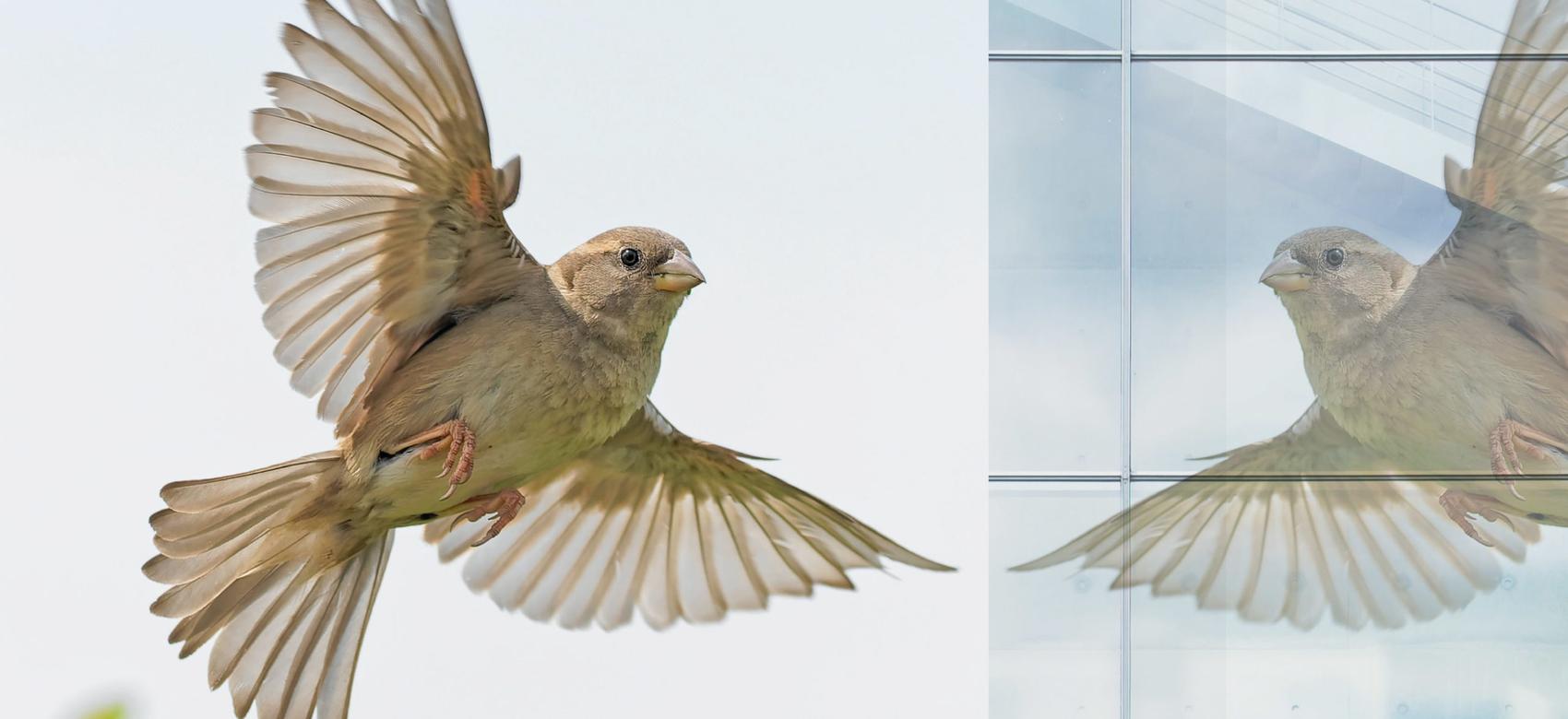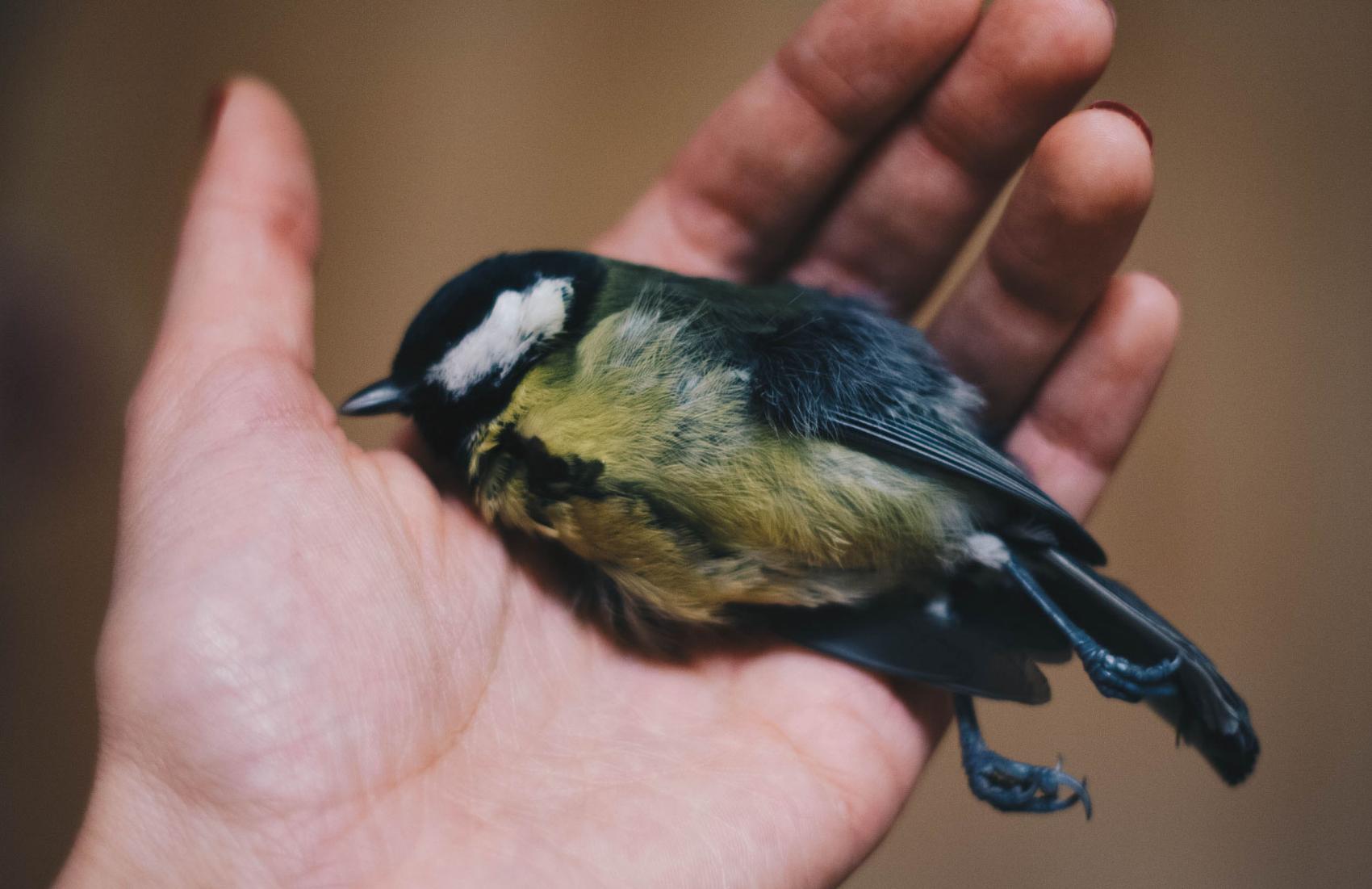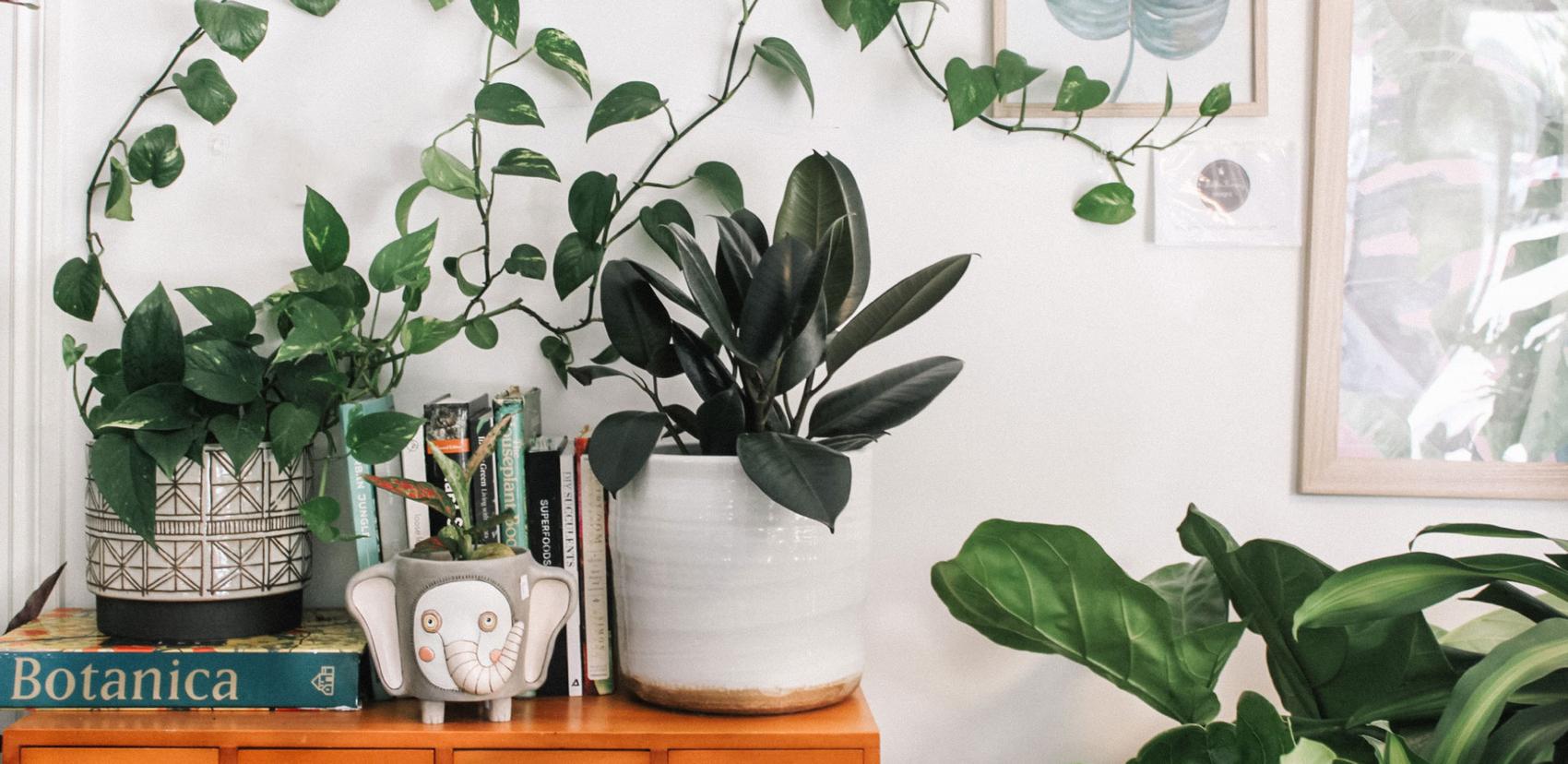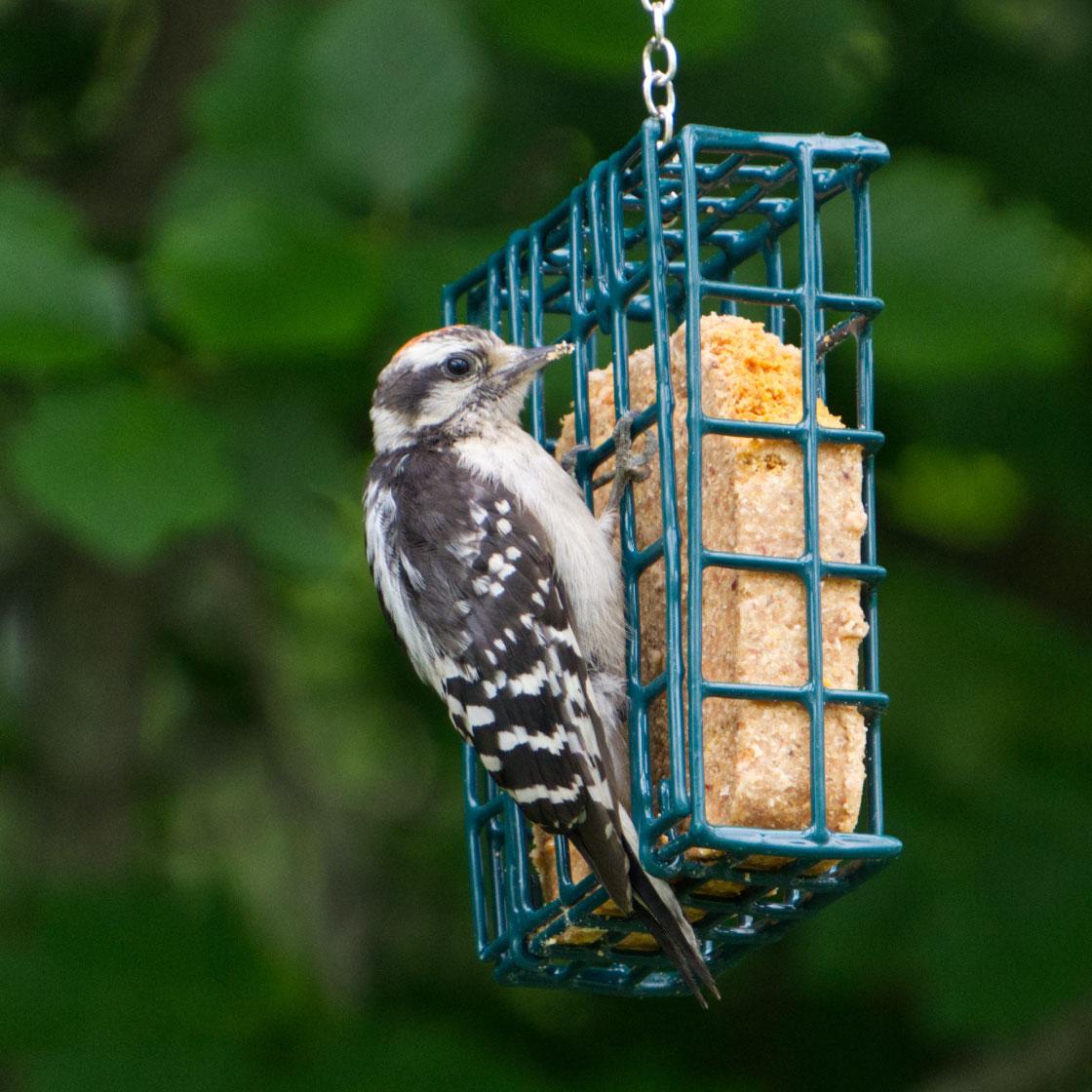How to prevent birds from hitting windows
By Carolyn Ali

Windows crashes are much more common than you might think
Architect Penny Martyn knows that people love buildings with lots of windows to draw nature in.
“We want buildings that keep us healthy,” she says. “And being able to look out and see nature is proven to be of great benefit to us.”
Unfortunately, our cities of glass have unintended consequences for birds.
“About 16 to 42 million birds per year in Canada die annually as a result of building window collisions,” Martyn says.

Photo: Pexels / Kristina Paukshtite
Most of those collisions are with glass on houses and low-rise buildings. The reasons why birds fly into windows are varied, but essentially, they don’t see glass as a solid object.
And while many people are shocked to learn the scale of the problem — which also involves glass on structures like balcony guardrails — there are plenty of simple things we can do to help.
Why do we need to reduce bird collisions?
Most birds die on impact, while others are injured or stunned and die later.
Beyond compassionate reasons, humans need birds to maintain a healthy ecosystem, since they’re involved in things like pest control, pollination and dispersing seeds.
Martyn works on green building strategies for UBC Campus and Community Planning. Based on research from UBC faculty, students and Environment and Climate Change Canada, her office produced UBC Bird Friendly Design Guidelines for Buildings, which include tips that anyone can apply to make their own residences more bird-friendly.
Three things you can do to help
Move interior plants away from windows
Like foliage outside windows, greenery inside windows can attract birds. If you don’t have a treatment on the glass to make it more visible to birds, move plants away.


Photos: Unsplash / Prudence Earl and Eammon Littler.
Place bird feeders within half a meter from windows
“This is an easy fix,” Martyn says. At a shorter distance, birds don’t have enough space to build up speed when flying toward a window, so they’re less likely to injure themselves if they hit the glass.
Apply bird-friendly treatments to windows
“It doesn’t need to be a big project,” Martyn says. “If you know that a particular window or glass surface is susceptible to bird collisions, start with finding a solution there.”
“The ideal treatment on glass is to have markers every five centimetres by five centimetres.”
penny Martyn, architect
While many people believe that a single decal of an eagle or other bird of prey will frighten birds away, research has shown that’s not the case. “The ideal treatment on glass is to have markers every five centimetres by five centimetres,” Martyn says. Markings are best placed on the exterior of the windows.
One way to increase the visibility of glass is to simply mark the outside of the windows with washable soap bars, or tempera paint. Or create a more permanent design using oil-based marker.
You can also purchase various window films and treatments to apply to glass, including patterned marker tape to cover the glass with dots. Surprisingly, Martyn says, people don’t tend to notice patterns like this from the inside and they don’t really inhibit the view. For balconies and patios, semi-opaque treatments make glass more visible for birds and also add an element of privacy for occupants.
Martyn encourages people to get creative with their bird-friendly treatments and think of them as a way to beautify windows — while helping the birds. For example, the UBC Botanical Garden recently installed a decal wrap on its garden pavilion windows in response to research that showed the area was prone to bird strikes.


Art by Derek Tan / UBC. Photos by Dr. Tara Moreau / UBC.
“We’re taking action to protect the birds that may be attracted to the windows while also highlighting the biodiversity in the garden,” says Dr. Tara Moreau, Associate Director of Sustainability and Community for the garden.
Derek Tan from the Beaty Biodiversity Museum designed the garden’s window decals, which tell the story of the different birds affected, their host plants and interactions with other species.
Preserving biodiversity is part of UBC’s vision for its buildings to make net positive contributions to human and natural systems by 2035. This includes strategies to reduce bird strikes, as well as measures around sustainable energy, water usage, and more.
Learn more about the importance of birds in biodiversity at the UBC Botanical Garden and the Beaty Biodiversity Museum.
Carolyn Ali is a writer for UBC’s Brand and Marketing.
Feel free to republish the text of this article, but please follow our guidelines for attribution and seek any necessary permissions before doing so. Please note that images are not included in this blanket licence.


